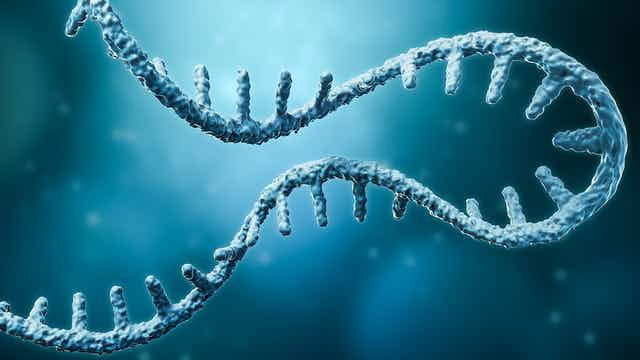Australian researchers have developed a new gene (DNA) testing method capable of simultaneously detecting 50 different genetic disorders.
This method was published on February 7 in the journal Science Advances and is the result of research conducted by scientists at the Garvan Institute in collaboration with researchers from various countries around the world.

This method can identify a unique repeat sequence of over 50 genetic disorders.
The lead author of the study, Dr. Ira Deveson from the Garvan Institute, stated that this testing method accurately identifies diseases such as Huntington’s disease—a rare genetic disorder that causes the degeneration of brain nerve cells—motor neuron disease, and many other genetic conditions.
According to Dr. Deveson, the new testing device uses Nanopore technology to separate gene sequences in order to identify a unique repeat sequence for over 50 genetic disorders.
Specifically, the research team programmed the device to selectively sequence genes from target gene-derived molecules, identifying repeat mutations while eliminating the rest of the genome. Dr. Deveson noted that initial tests with this device could accurately detect genetic disorders in 37 patients with 100% accuracy.
This new testing device is small, about the size of a stapler, but can deliver results within 7 days and costs only 1,000 AUD (730 USD), which is 100 times cheaper than current gene sequencing technologies.
Meanwhile, existing genetic testing methods yield slow results, requiring multiple tests and incurring high costs as doctors must test for each individual condition based on the most accurate diagnoses derived from symptoms and family medical history.
Dr. Kishore Kumar, a neurologist at the University of Sydney and a co-author of the study, believes this new method will provide patients with more certainty about their health status and help them avoid years of testing without conclusive results. He suggests that this method will create a “revolution” in how genetic disorders are tested, as the research team can now detect all gene disorders simultaneously with a single test, providing clear genetic diagnoses.
The authors revealed that this method is ready for application and will soon submit data to regulatory agencies for approval.


















































